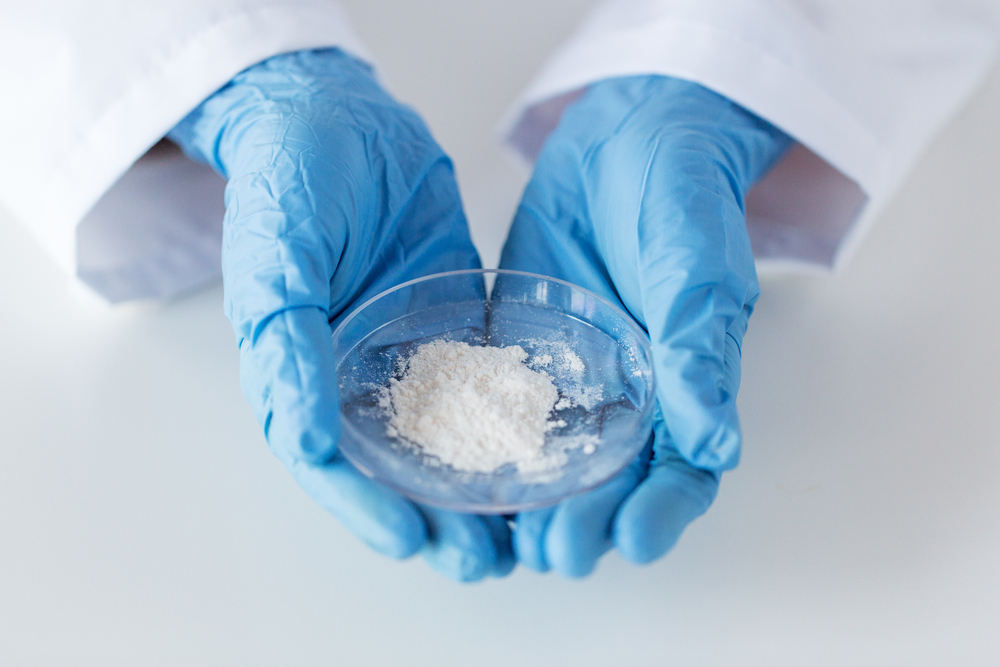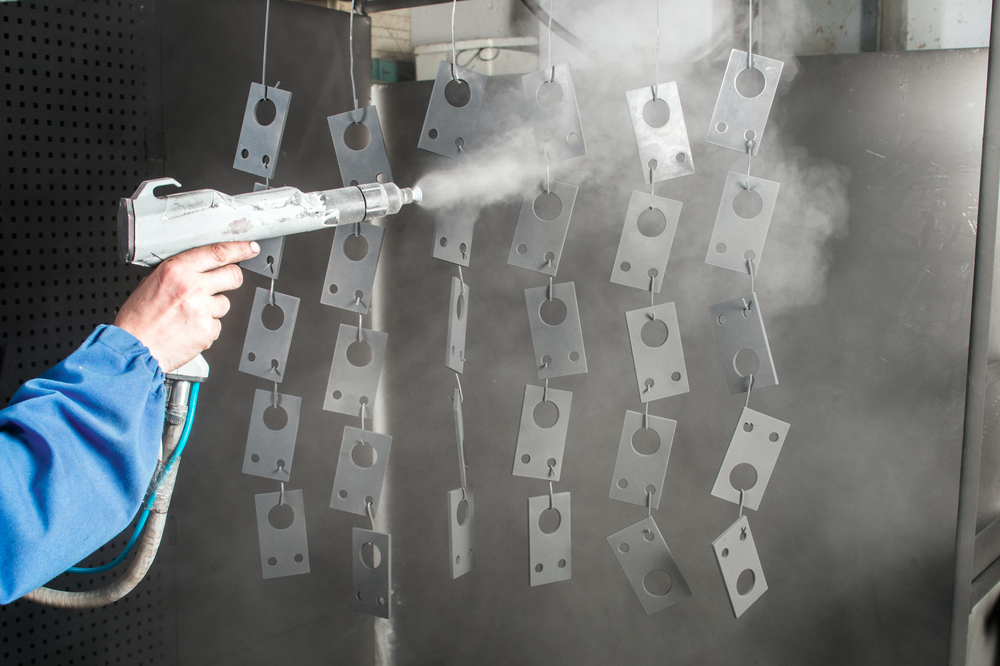Anti-microbial powder coatings contain additives that inhibit the growth of bacteria, fungi, and other microorganisms. They are used in healthcare facilities, food processing equipment, and areas requiring high hygiene standards.
Introduction:
In recent years, there has been growing interest in finding effective ways to combat the spread of harmful microorganisms. One innovative solution that has gained prominence is the use of anti-microbial powder coating. This advanced coating technology not only enhances the durability and aesthetics of surfaces but also provides an additional layer of protection against bacteria, viruses, and other pathogens. In this article, we will delve into the benefits and applications of anti-microbial powder coating.
1- Enhanced Hygiene and Safety:
Anti-microbial powder coating is designed to inhibit the growth and proliferation of microorganisms on various surfaces. By incorporating specialized additives into the powder coating formula, the coating acts as a barrier, preventing the survival and reproduction of harmful pathogens. This is particularly valuable in environments where hygiene is crucial, such as hospitals, schools, food processing facilities, and public spaces.
2- Long-lasting Protection:
One of the key advantages of anti-microbial powder coating is its durability. The coating is engineered to provide long-lasting protection against microorganisms, even with regular cleaning and wear. Unlike traditional surface treatments that may wear off over time, the anti-microbial properties remain effective for an extended period, contributing to a safer and healthier environment.
3- Versatile Applications:
Anti-microbial powder coating can be applied to a wide range of surfaces and materials. Whether it's metal, plastic, wood, or even fabrics, this coating can be customized to suit different substrates, opening up diverse application possibilities. From doorknobs and handrails to medical equipment and kitchen appliances, the anti-microbial coating adds an extra layer of defense against harmful germs.
4- Complementary to Existing Safety Measures:
While anti-microbial powder coating offers significant benefits on its own, it also complements existing hygiene practices. It should be noted that the coating does not replace regular cleaning and disinfection protocols but acts as a supplementary measure to help reduce the risk of cross-contamination. When combined with proper cleaning practices, the coating can contribute to a more hygienic and safer environment.
5- Environmental Considerations:
In addition to its anti-microbial properties, powder coating, in general, is known for its eco-friendly characteristics. Powder coatings are solvent-free, which reduces volatile organic compound (VOC) emissions and minimizes environmental impact. Anti-microbial powder coatings are often formulated to be environmentally friendly as well, ensuring a sustainable solution for hygiene and safety needs.
6- Easy Maintenance:
Anti-microbial powder coating is designed to be easy to clean and maintain. Regular cleaning procedures, such as using mild detergents or disinfectants, can be applied without compromising the coating's anti-microbial effectiveness. This makes it a practical choice for surfaces that require frequent cleaning, ensuring ongoing protection without the need for specialized maintenance routines.
Conclusion:
In an era where health and safety are paramount, anti-microbial powder coating presents a valuable solution to mitigate the spread of harmful microorganisms. Its ability to provide durable and long-lasting protection on various surfaces, combined with its versatile applications, makes it an attractive option for a wide range of industries. As research and development in coating technologies continue to advance, anti-microbial powder coating is likely to play an increasingly significant role in creating safer environments and promoting better hygiene practices.





